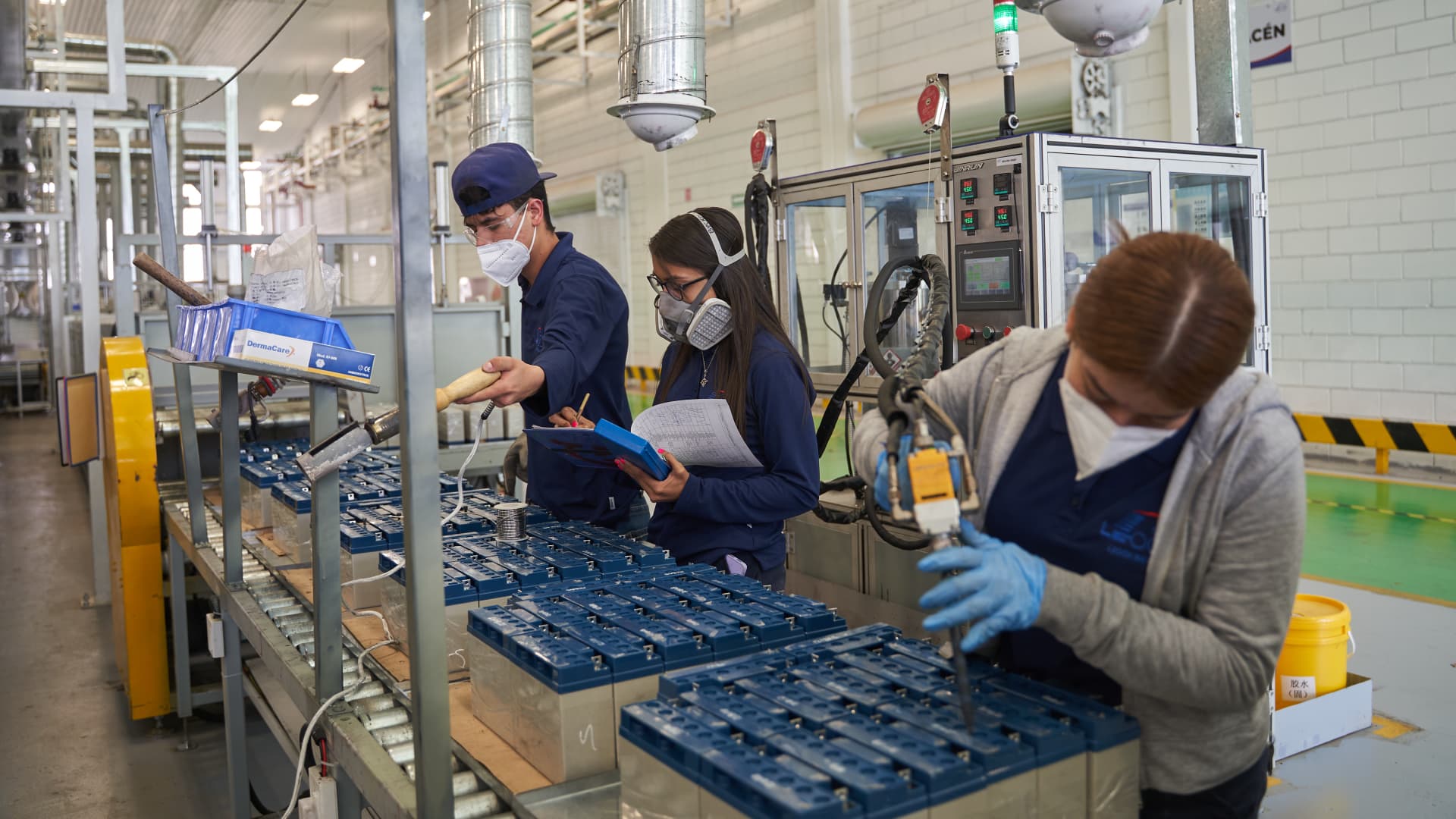How Trump’s Tariffs Could Impact Your Next Tech Purchase
The imposition of tariffs by the Trump administration has stirred significant discussions around the potential repercussions for consumers, especially concerning technology purchases. As the world becomes increasingly reliant on devices like laptops, smartphones, and artificial intelligence (AI) gadgets, the specter of rising prices looms large. With industry experts weighing in, it’s essential to explore what these tariffs could mean for your next tech acquisition and how they might influence innovation and accessibility in the tech sector.
Understanding the Tariffs: What Are They?
Tariffs are taxes imposed by a government on imported goods. The idea behind these taxes is to make foreign products more expensive, encouraging consumers to buy domestic products instead. Under the Trump administration, a series of tariffs were introduced, particularly targeting goods imported from China. This included many electronic items, which are integral to everyday life.
The Specifics of Trump’s Tariffs
In 2018, the Trump administration announced tariffs on $300 billion worth of Chinese imports, which included a wide array of tech products. The tariffs were part of a broader strategy aimed at addressing trade imbalances and protecting American jobs. However, these measures have raised significant concerns regarding price increases on various tech products.
How Trump’s Tariffs Could Affect Prices
When tariffs are imposed, manufacturers often pass on the increased costs to consumers. This means that the price of essential tech items, such as:
- Laptops
- Smartphones
- Tablets
- Smart home devices
- AI tools and gadgets
could see noticeable price hikes. For instance, a laptop that previously sold for $1,000 might see a price increase of $100 or more due to tariffs. This increase can significantly impact consumers, especially students and professionals who rely on these devices for their education and work.
The Ripple Effect on Innovation and Accessibility
The potential for higher prices doesn’t just affect consumers’ wallets—it could also have broader implications for innovation and accessibility in the tech sector. As prices increase, consumers may delay upgrading their devices or opt for less advanced models, which could stifle market competition and innovation. Companies may also face pressure to cut costs, potentially leading to downsizing in research and development budgets.
Potential Consequences for Consumers
Here are some potential consequences that consumers might face due to these tariffs:
- Increased Costs: The direct impact will be felt in the form of higher prices for tech products.
- Limited Choices: With rising prices, consumers may find themselves limited to less expensive, lower-quality alternatives.
- Slower Adoption of New Technologies: If consumers hold off on purchasing new devices, this could slow the rate of technological advancement.
- Impact on Local Economy: A slowdown in tech purchases could affect local retailers and businesses reliant on tech sales.
Experts Weigh In: The Outlook for the Tech Industry
Industry experts have varied opinions on the long-term effects of Trump’s tariffs on technology purchases and the overall market. Many acknowledge that while tariffs are designed to protect domestic industries, they can also create unforeseen challenges.
Short-term vs. Long-term Effects
In the short term, consumers may feel the pinch as prices rise. However, the long-term effects are more complex. Some analysts believe that tariffs could eventually drive companies to innovate or seek alternative manufacturing locations to mitigate costs. For example, manufacturers might consider relocating production to countries with lower labor costs, such as Vietnam or India, to avoid tariffs on Chinese imports.
Innovation as a Response to Tariffs
Interestingly, some experts argue that tariffs may spur innovation. With pressure to maintain competitive pricing, companies may invest in more efficient production methods or explore new technologies that reduce reliance on imported components. This could lead to the development of entirely new products or improvements in existing technologies.
How Consumers Can Prepare for Price Increases
As consumers brace for potential price hikes on tech purchases, here are some strategies to consider:
- Plan Ahead: If you know you need a new laptop or smartphone, consider making your purchase sooner rather than later to avoid potential price increases.
- Research Alternatives: Look for brands or models that may not be as heavily impacted by tariffs.
- Stay Informed: Keep an eye on news regarding tariffs and trade policies, as these can change and impact prices unexpectedly.
- Consider Refurbished Options: Buying refurbished devices can be a cost-effective way to get quality tech at a lower price.
Conclusion: The Future of Tech Purchases Amid Tariffs
Trump’s tariffs present a unique challenge for consumers in the tech space. While the immediate effect may be increased prices on essential devices, the broader implications could reshape the industry landscape. As companies adapt to these tariffs, consumers will need to navigate a changing market carefully.
In the end, staying informed and making strategic purchasing decisions will be crucial as we all move forward in this evolving tech environment. Whether the tariffs lead to innovation or simply higher costs, one thing is certain: the world of technology will continue to evolve, and consumers will need to adapt alongside it.
See more Future Tech Daily

